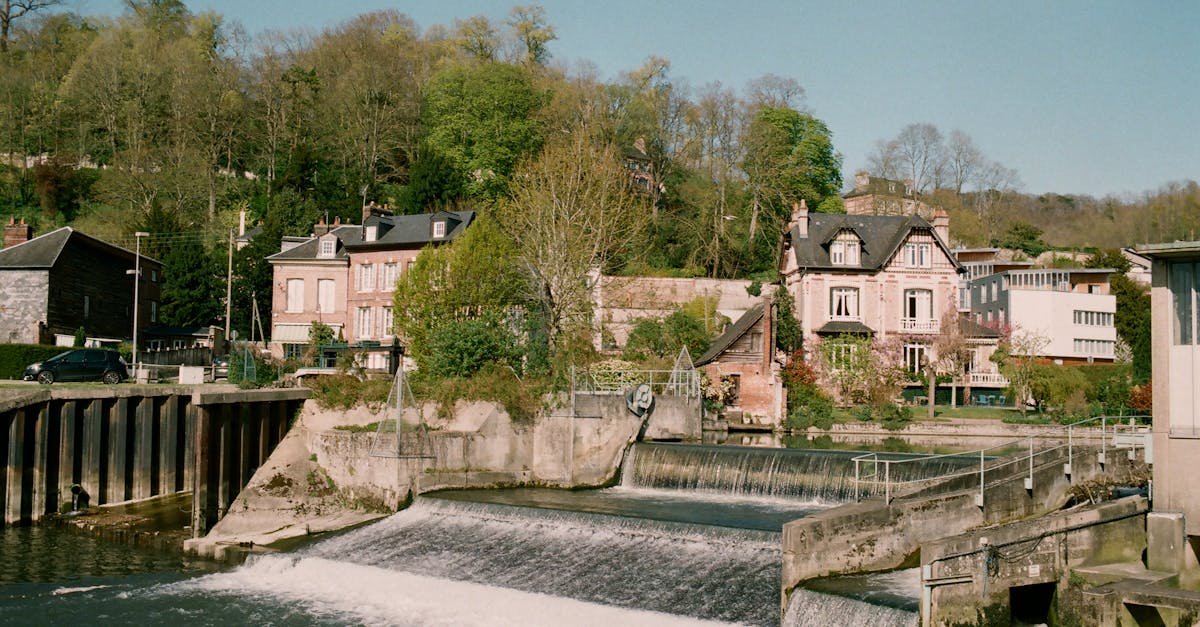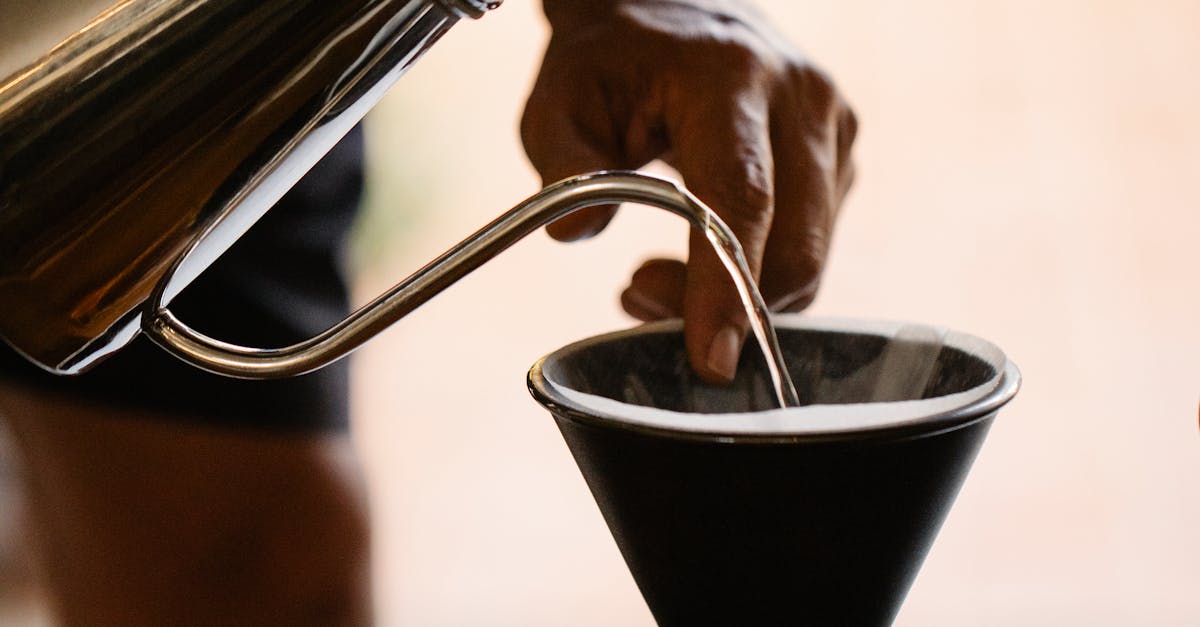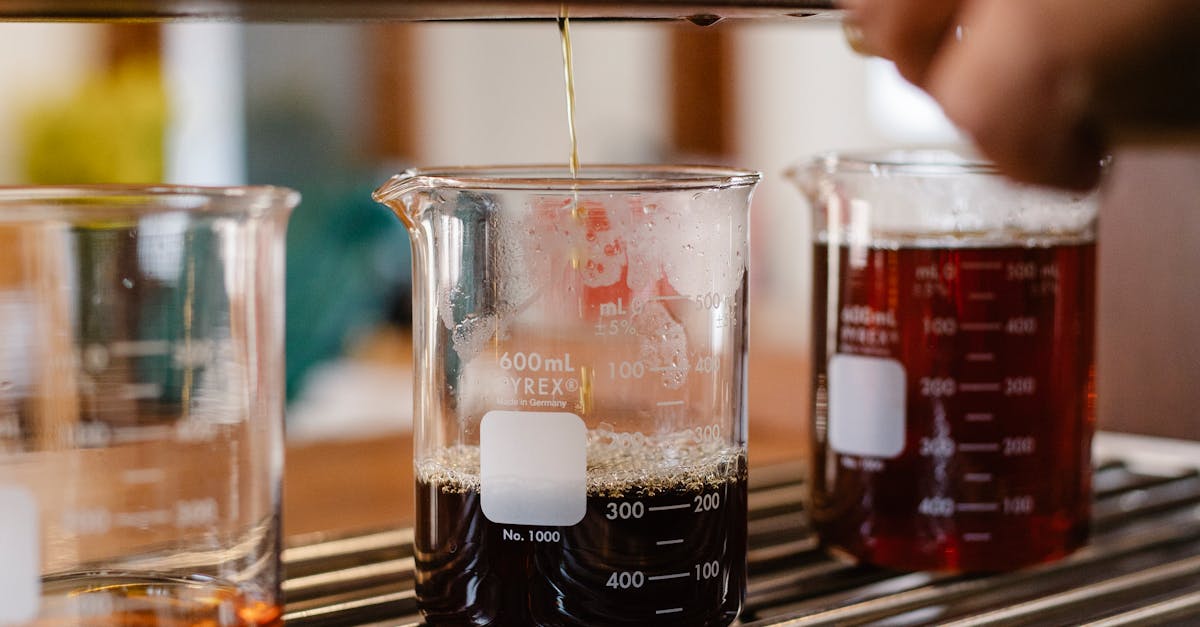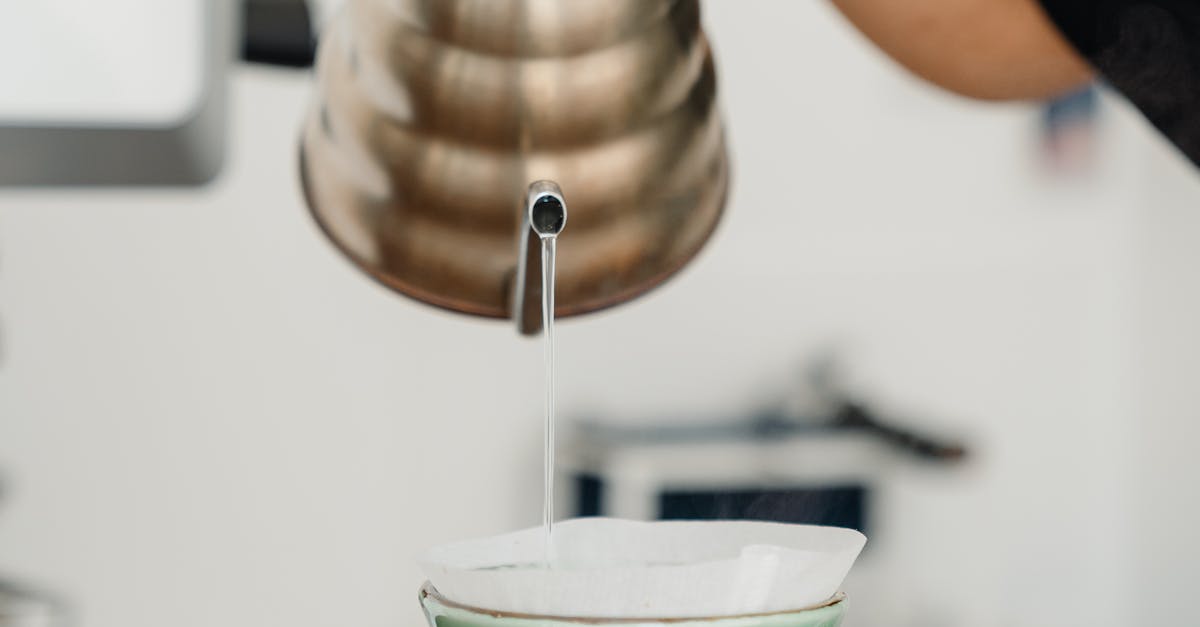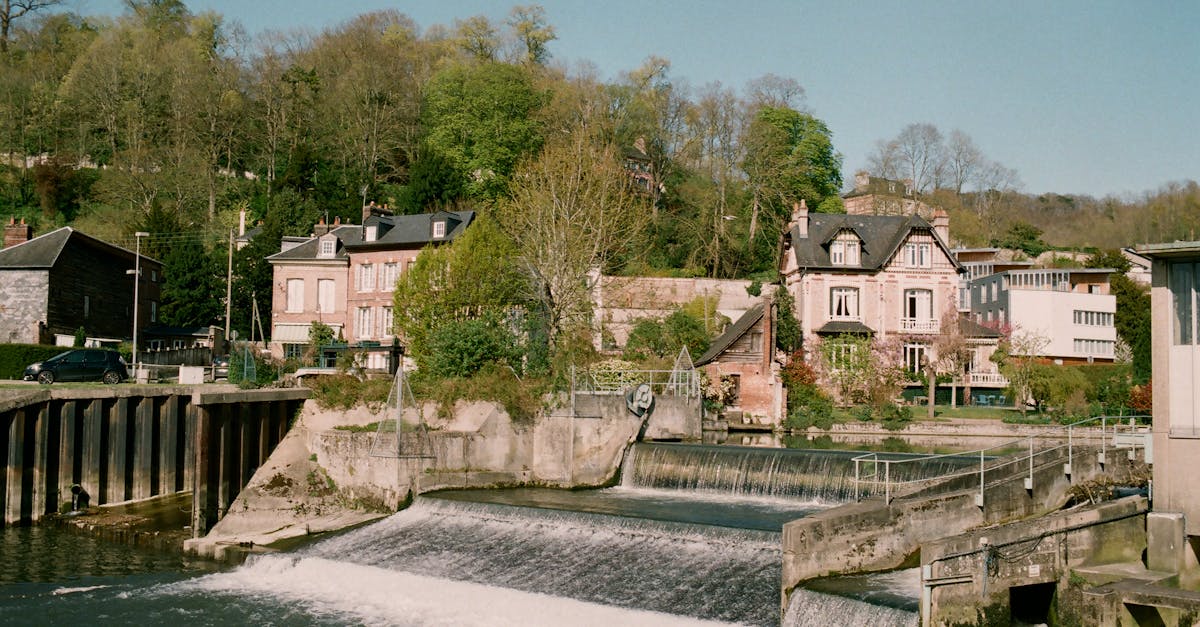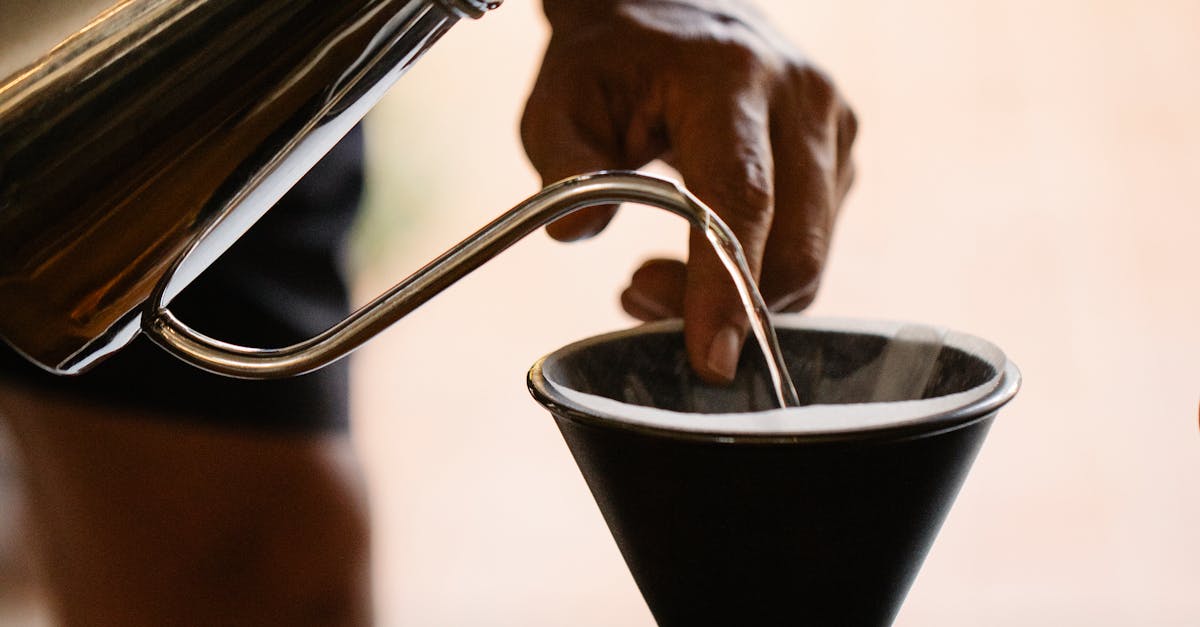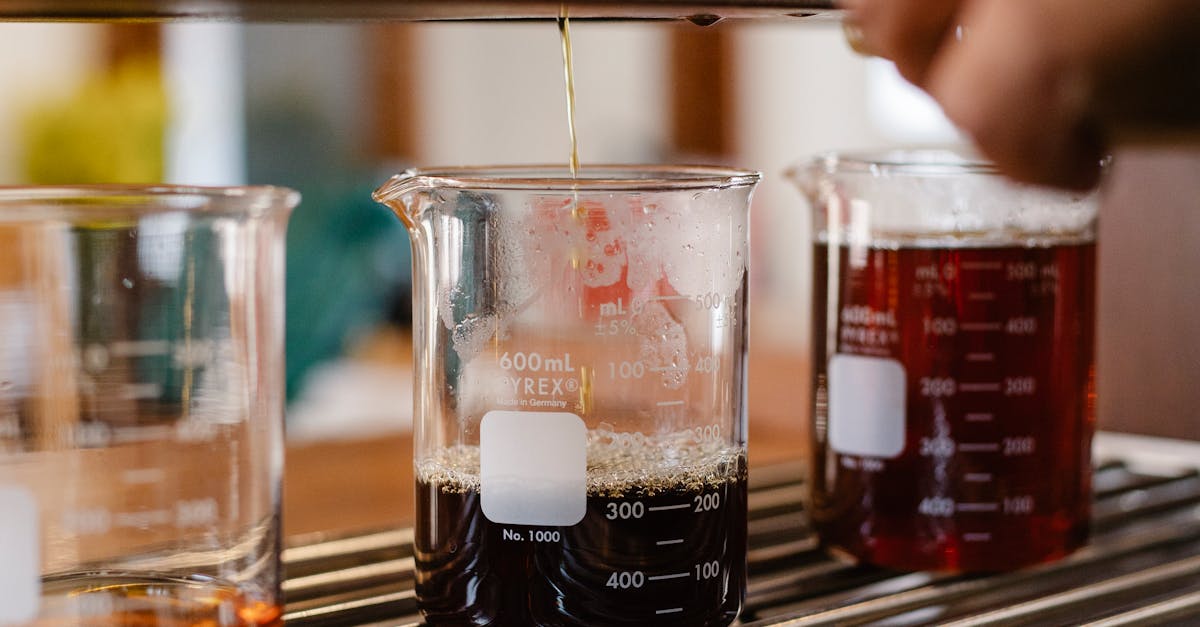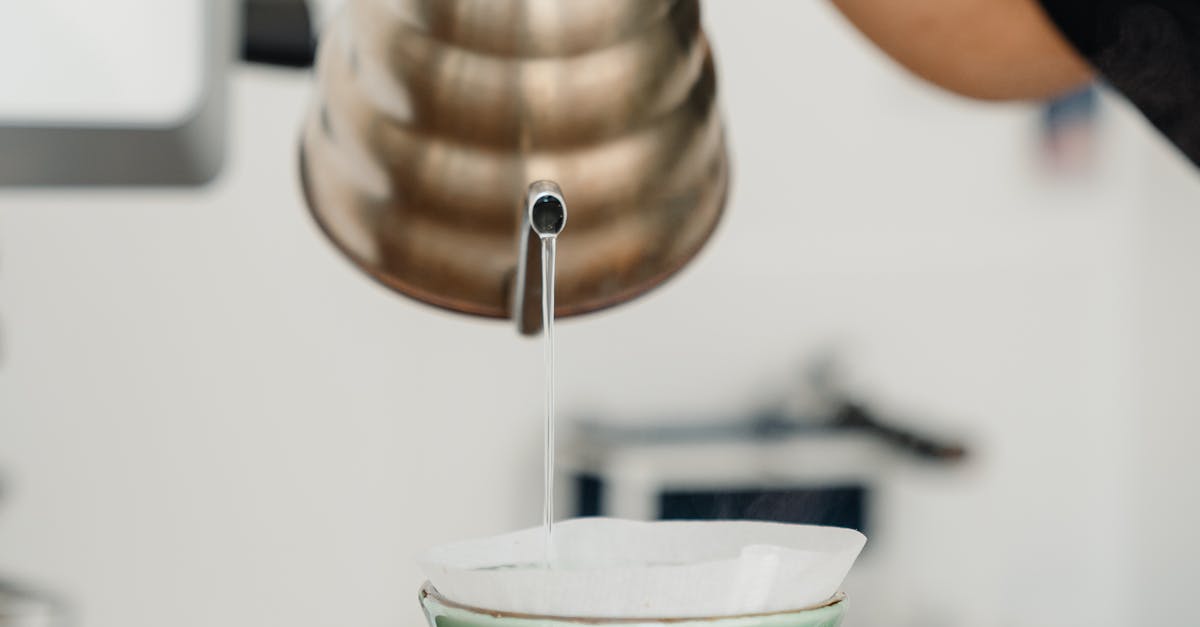
Table Of Contents
Importance of the Drain Valve
The drain valve is an essential component of water heaters that allows for easy maintenance and removal of sediment buildup. Located at the base of the tank, the drain valve enables homeowners to flush out any debris or particles that may have settled at the bottom of the tank over time. This process helps maintain the efficiency of the water heater by preventing blockages and ensuring optimal heat transfer within the system.
As part of the Hot Water System Parts and Accessories, the drain valve also plays a crucial role in extending the lifespan of the water heater. Regularly flushing out the tank through the drain valve helps prevent corrosion and rusting, which can occur when sediment accumulates and creates a corrosive environment. By incorporating this simple maintenance step into a routine care schedule, homeowners can ensure that their water heater operates smoothly and efficiently for years to come.
Sediment Buildup
Sediment buildup can be a common issue in hot water systems, causing various problems if left unaddressed. Over time, minerals and debris can accumulate at the bottom of the tank, reducing the efficiency of the heater. This buildup can lead to decreased heating performance and potentially result in higher energy consumption. Regular maintenance and flushing of the tank can help prevent sediment buildup, ensuring optimal functioning of the hot water system parts.
Hot water system parts and accessories are susceptible to sediment buildup, which can affect their longevity and performance. The accumulation of sediment can also impact water quality by creating a breeding ground for bacteria. It is essential to monitor the sediment levels in the tank and take necessary steps to reduce buildup. By incorporating regular maintenance routines, homeowners can prolong the lifespan of their hot water system and ensure reliable operation.
Role of the Dip Tube
The dip tube is a crucial component in Hot Water System Parts and Accessories that plays a significant role in the functioning of a water heater. This tube directs cold water from the inlet to the bottom of the tank, where it gets heated. Without a properly functioning dip tube, the cold water entering the tank may not get distributed evenly, leading to lukewarm or cold water coming out of the hot water taps.
Over time, dip tubes can deteriorate or become damaged, affecting the overall efficiency of the water heater. If the dip tube is cracked or broken, it can result in cold water mixing with the hot water at the top of the tank. Regular maintenance checks are essential to ensure that the dip tube is in good condition and functioning correctly, allowing the water heater to heat water efficiently and provide a steady supply of hot water throughout the home.
Cold Water Inlet
The cold water inlet is a crucial component of Hot Water System Parts and Accessories, ensuring a continuous flow of cold water into the water heater tank. Located near the top of the tank, the inlet pipe allows cold water to enter, replacing the hot water that is drawn from the top of the tank. This constant flow of cold water helps maintain the water heater's operational efficiency by maintaining a consistent supply of water for heating.
A steady flow of cold water through the inlet also plays a role in preventing the tank from overheating and helps in regulating the overall temperature of the water within the system. The cold water inlet serves as a vital piece in the functionality of a water heater, enabling the system to operate effectively and deliver the hot water supply needed for various domestic purposes.
Significance of the Temperature and Pressure Relief Valve
The temperature and pressure relief valve is a critical component of hot water system parts and accessories. It serves the important function of maintaining safe pressure levels within the water heater. If the temperature or pressure within the tank exceeds safe limits, the relief valve ensures that the excess pressure is released, preventing potential damage to the tank or even a dangerous explosion. This safety feature is crucial in protecting both the water heater and the surrounding area from any potential hazards related to excessive pressure buildup.
Additionally, having a properly functioning temperature and pressure relief valve not only safeguards the water heater but also provides peace of mind to the homeowners. By ensuring that the pressure is regulated within safe parameters, this valve helps to maintain the overall efficiency and longevity of the hot water system. Regularly inspecting and testing the valve to make sure it is working correctly is crucial for the safe and effective operation of the water heater.
Discharge Pipe
The discharge pipe is a significant component in hot water systems, essential for maintaining the proper functioning of the temperature and pressure relief valve. This pipe provides a pathway for the excess water to be released safely in case the pressure or temperature within the tank exceeds safe levels. Without a properly installed discharge pipe, the risk of a catastrophic failure in the system increases substantially.
When installing a discharge pipe, it is crucial to ensure that it is directed to a safe location where the discharged water will not cause damage or harm. This pipe must be made of heat-resistant materials that can withstand high temperatures and pressure. Regular inspection and maintenance of the discharge pipe are essential to guarantee that it remains unobstructed and fully functional, thereby safeguarding the overall efficiency and safety of the hot water system. Hot Water System Parts and Accessories are incomplete without a well-maintained discharge pipe.
FAQS
What is the importance of the drain valve in a water heater?
The drain valve in a water heater allows for easy flushing and removal of sediment buildup, helping to maintain the efficiency and longevity of the system.
How does sediment buildup affect a water heater?
Sediment buildup in a water heater can reduce its efficiency, increase energy consumption, and even lead to damage over time if not addressed through regular flushing.
What is the role of the dip tube in a water heater?
The dip tube is responsible for directing cold water to the bottom of the tank, ensuring that it is heated efficiently and providing hot water at the top for use.
Why is the cold water inlet important in a water heater?
The cold water inlet brings fresh water into the tank, replenishing the supply of hot water as it is used and helping to maintain a consistent temperature throughout.
What is the significance of the temperature and pressure relief valve in a water heater?
The temperature and pressure relief valve is a critical safety feature that releases excess pressure or heat to prevent the tank from exploding, ensuring the safety of the system and users.
What is the purpose of the discharge pipe connected to the temperature and pressure relief valve?
The discharge pipe is designed to safely direct any released pressure or hot water from the relief valve away from the water heater, preventing potential hazards or damage.





